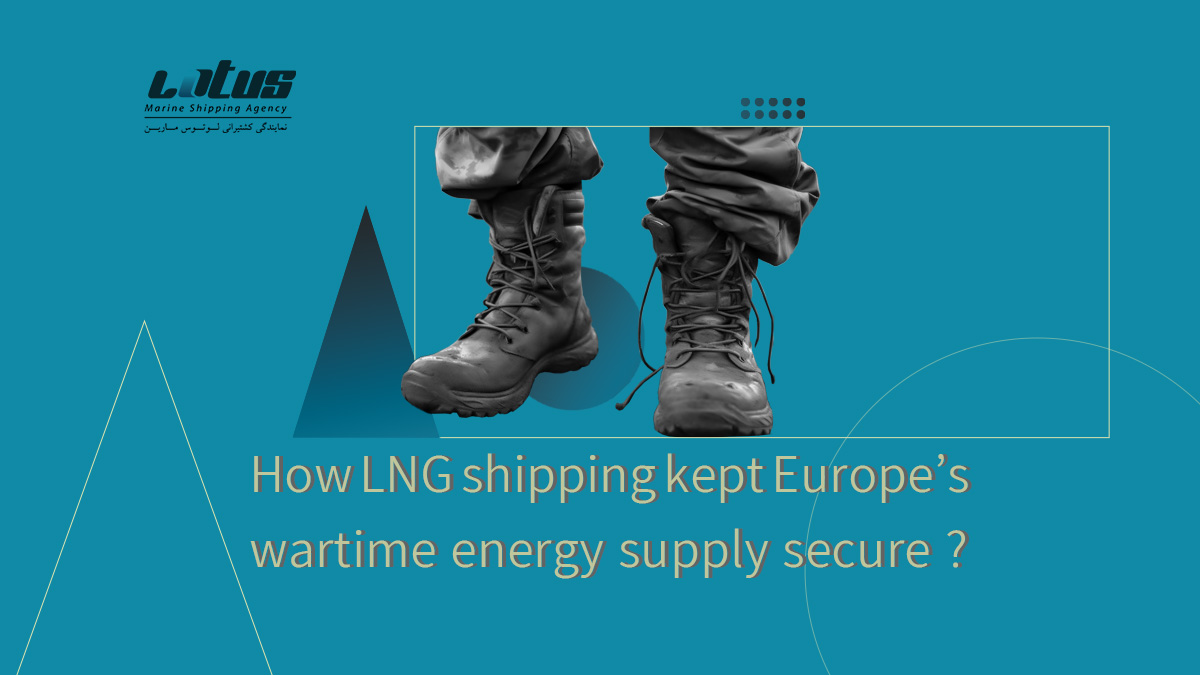A year ago, an armada of ships came to Europe’s aid, bringing U.S.-produced liquefied
natural gas to replace Russian pipeline gas supplies lost in the wake of the war. The outlook
for the coming winter was dire despite the surge of American LNG cargoes — then it grew
even worse.
A fire and explosion took Texas’ Freeport LNG facility offline last June, removing a major
U.S. export source. The price of natural gas in Europe hit $100 per million British thermal
units (MMBtu) in late August, the equivalent of $600-per-barrel oil.
Then someone blew up the Nord Stream pipelines in September, severing Europe’s largest
remaining supply of Russian gas. By November, LNG carriers were earning spot rates of
$400,000-$500,000 per day — more than any other commercial cargo vessels had in
history.
Fast-forward to today. Europe’s natural gas situation is vastly improved, despite receiving
far less Russian gas than in 2022.
Luck has played a big role. Europe enjoyed one of its warmest-ever winters, slashing gas
demand. Competition for LNG cargoes from China was heavily curbed by China’s draconian
COVID policy.
Natural gas inventories were further buoyed by European demand destruction from high
pricing and conservation, and throughout it all, U.S. LNG cargoes kept on coming. They still
are.

